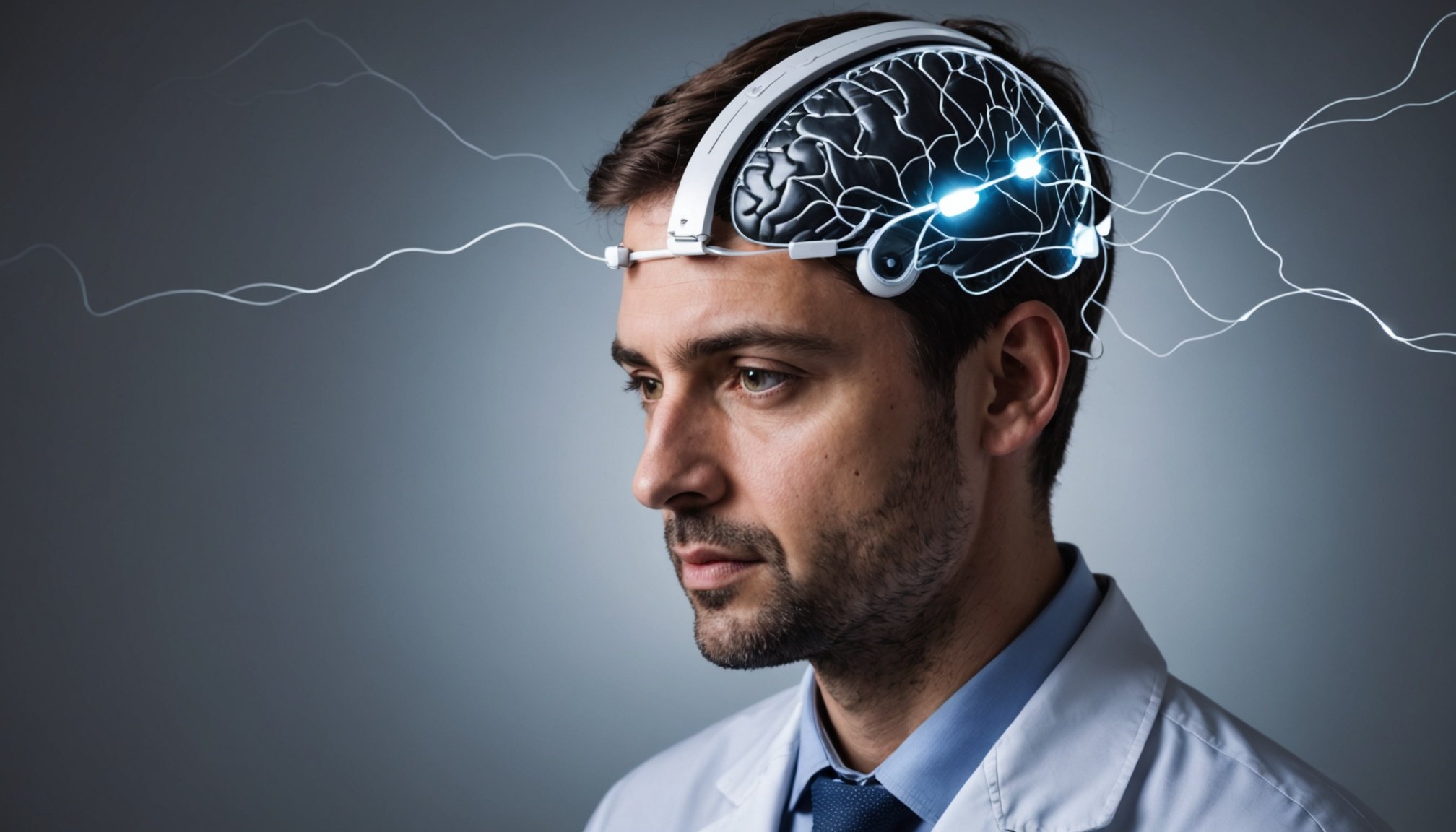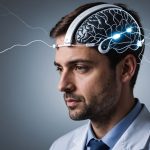Innovative Neurofeedback Techniques for Epilepsy Management
Over recent years, neurofeedback techniques have emerged as promising tools for epilepsy management. These innovative treatments offer a non-invasive approach by training individuals to modulate their brain activity. By monitoring brain waves through EEG, neurofeedback enables patients to gain control over specific neural patterns associated with seizures.
Several neurofeedback techniques are utilized in neurological practices, each tailored to address various aspects of epilepsy. One common approach is alpha/theta training, which focuses on enhancing relaxation and reducing stress—a known seizure trigger. Another method is infrared hemoencephalography, which aims to increase cerebral blood flow, potentially stabilizing brain function. Both techniques provide unique avenues for epilepsy management despite differing applications.
Also read : Empowering Recovery: The Role of UK Occupational Therapists in Healing Adults with Traumatic Brain Injuries
Evidence supporting the effectiveness of neurofeedback in managing epilepsy is growing. Recent studies highlight reductions in seizure frequency among patients who underwent neurofeedback training. Such findings suggest a significant improvement in their quality of life. Moreover, neurofeedback is particularly beneficial in cases resistant to conventional treatments, offering hope to individuals with refractory epilepsy where traditional pharmacological interventions have failed.
As the field advances, the integration of neurofeedback techniques into epilepsy care represents a progressive step toward personalized and holistic management, empowering patients through self-regulation of their brain activity.
Also read : Empowering Low-Risk Pregnancies: Strategies for UK Midwives to Advocate Natural Birthing Techniques
Case Studies and Research Evidence in the UK
The growing interest in neurofeedback within the UK has prompted numerous case studies and research to validate its effectiveness. Local UK case studies reveal tangible neurofeedback outcomes that underscore this innovative treatment’s potential in various neurological conditions.
Successful UK Case Studies
Specific UK case studies highlight the promising results of neurofeedback, particularly in managing epilepsy. In Coventry, for instance, participants undergoing neurofeedback sessions experienced a notable reduction in seizure frequency. This study advocates for the integration of neurofeedback into mainstream treatment plans, offering hope for individuals with resistant epilepsy types.
Research Findings on Neurofeedback
Several peer-reviewed UK research papers provide strong evidence of neurofeedback’s effectiveness. Notably, a comprehensive study in London showcased that neurofeedback could consistently improve attention and cognitive function among participants, suggesting potential beyond epilepsy management, including ADHD and anxiety disorders.
Comparisons to Traditional Treatments
When compared to traditional treatments, neurofeedback stands out for its non-invasive nature. Conventional methods often involve medication with side effects, whereas neurofeedback offers a safer, long-term solution. These comparisons become even more critical when considering treatment options tailored to specific patient needs. Neurofeedback’s flexibility and adaptability make it a viable option, reshaping conventional treatment paradigms in the UK.
Implementation of Neurofeedback in Clinical Settings
Integrating neurofeedback into clinical practices demands a structured approach to ensure efficacy. Clinicians can follow a step-by-step guidance tailored to practical, clinical environments. Initially, it’s vital to familiarize oneself with the neurofeedback practices by understanding the theoretical underpinnings and objectives. This forms the baseline for effective treatment.
Clinicians should identify the required equipment and technology for conducting neurofeedback sessions. Typically, this involves an EEG system equipped with software that processes brain signals. Essential peripherals include amplifiers, electrodes, and computers capable of managing these tasks. Having access to updated technology ensures smoother operations and more reliable data interpretation.
For those in neurology interested in offering these new services, engaging in recommended training programs is crucial. These programs usually cover everything from basic neurofeedback principles to advanced applications and protocols tailored to specific patient needs. They also frequently address ethical considerations, a vital aspect when embarking on clinical implementation.
Furthermore, practitioners should consider clinical implementation strategies to incorporate neurofeedback effectively. This includes patient assessment, devising personalized plans, and regularly evaluating outcomes to refine techniques. By thoroughly understanding the process and requirements, clinicians can confidently integrate neurofeedback practices into their existing settings, improving patient outcomes and expanding their treatment repertoire.
Patient Outcomes and Feedback
Understanding patient outcomes is pivotal in assessing the efficacy of neurofeedback treatment. It helps us identify the tangible benefits patients experience and glean insights on improving the process.
Measuring Improvement in Patients
The improvement in patients undergoing neurofeedback can be quantified by evaluating specific markers of progress. Clinicians often use standardized tests and neurofeedback feedback sessions to track changes in patients’ symptoms over time. These might include enhancements in concentration, reductions in anxiety levels, or better sleep patterns. By evaluating these indicators, healthcare professionals can determine the treatment efficacy and make necessary adjustments to the intervention protocol.
Patient Testimonials and Experiences
Real-world testimonials provide invaluable insights into neurofeedback’s impact on patient life. Many individuals report significant changes in their daily functioning, from better self-regulation to increased confidence. For some, these changes have led to improved work performance and interpersonal relationships. Such firsthand experiences underscore the potential of neurofeedback to not only alleviate symptoms but also improve overall quality of life.
Long-Term Outcomes of Neurofeedback Treatment
Long-term patient outcomes reveal both the benefits and challenges of neurofeedback treatment. Many patients sustain improvements years after their treatment ends, citing prolonged resilience against previous symptoms. However, some face challenges such as the need for occasional booster sessions to maintain their gains. This highlights the importance of tailored approaches in sustaining patient progress.
Legal and Ethical Considerations
Neurofeedback, a promising therapeutic tool, is subject to legal considerations that vary across different regions. In the UK, several legal frameworks govern its use. Primarily, these frameworks ensure that practitioners comply with neurofeedback regulations, safeguarding both practitioners and patients. This compliance is crucial to protect the integrity of neurofeedback practices and to uphold public safety.
Ethical issues arise frequently in the use of neurofeedback, primarily due to the sensitive nature of brain-related interventions. Ethical dilemmas include ensuring the treatment’s efficacy, managing patient expectations, and handling any potential psychological impacts that may occur. Practitioners must navigate these concerns with caution, maintaining an ethical standard that respects patient autonomy and wellbeing.
One critical aspect of ethical practice is obtaining informed consent. Patients should be educated comprehensively about the neurofeedback processes, potential benefits, and risks involved, enabling them to make informed decisions regarding their participation. This education empowers patients, fostering a transparent relationship between them and their practitioners.
In summary, while neurofeedback presents a wide array of possibilities, understanding the legal considerations and navigating the ethical issues are essential for ensuring that the practice is both safe and effective. This emphasis on patient education and informed consent remains a cornerstone of responsible neurofeedback therapy.
Future Directions in Neurofeedback for Epilepsy
Exploring future trends and advancements in neurofeedback can revolutionise epilepsy treatment. By harnessing technological innovations, researchers aim to enhance therapy effectiveness and personalisation.
Emerging Technologies in Neurofeedback
Cutting-edge technologies such as artificial intelligence and machine learning are poised to make significant strides in neurofeedback. These tools can process complex brainwave data with remarkable precision, refining how therapy sessions are tailored to individual needs. By leveraging AI, practitioners can predict seizure patterns and optimise treatment plans more efficiently than ever before.
Potential for Research and Development
Ongoing epilepsy research is vital for discovering new applications of neurofeedback. Researchers are delving into the brain’s intricate workings to identify novel strategies that could lead to breakthroughs in treatment. Innovative neuroimaging techniques provide deeper insights into brain activity, enabling the development of advanced protocols that are more effective and adaptive to patient responses.
The Role of Collaboration Among Professionals
Interdisciplinary collaboration is crucial for the success of future neurofeedback initiatives. Combining expertise from neurologists, psychologists, and data scientists fosters innovation and enriches treatment possibilities. Such collaboration encourages a holistic approach, ensuring that all facets of epilepsy care are addressed, leading to more robust and comprehensive management strategies for patients.











